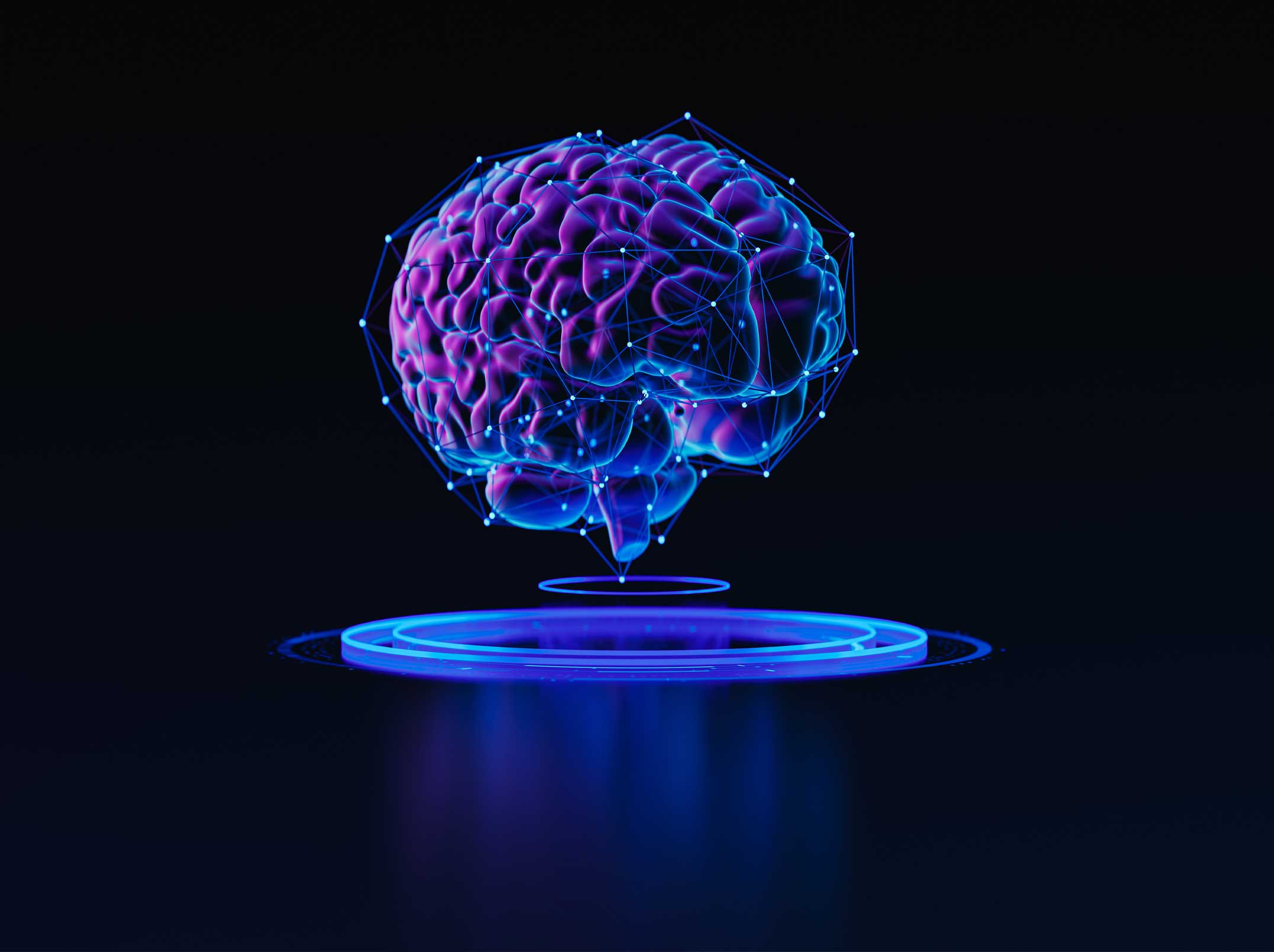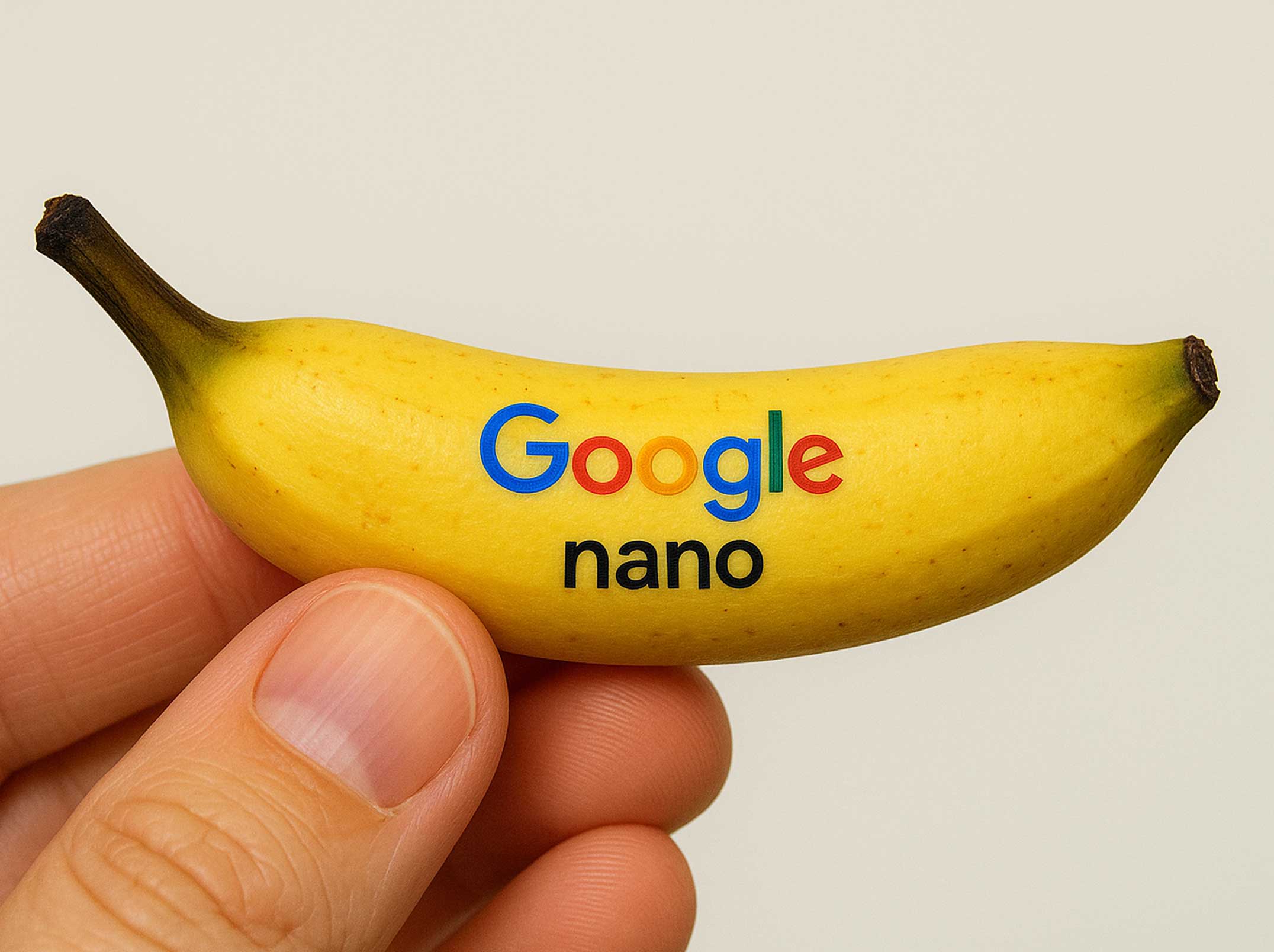GPT-4.1 vs GPT-4o vs o3: Who’s the Sharpest AI Mind
GPT models face off in puzzles—from logic traps to word riddles.

The realm of artificial intelligence is no longer confined to merely offering suggestions; it's now actively engaging in problem-solving and discovery. The recent, albeit understated, rollout of GPT-4.1 ignited considerable enthusiasm among those deeply immersed in the nuances of logic and programming. While OpenAI opted for a quiet launch, the model's remarkable prowess in tackling reasoning challenges and algorithmic puzzles quickly became apparent to discerning users.
However, a significant hurdle persists: OpenAI's technical presentations frequently alienate a broader, non-expert audience, inadvertently obscuring the profound advancements being made. AI agents are already fundamentally reshaping how brands interact with their customers, yet bridging the gap between these sophisticated capabilities and tangible, relatable user experiences remains a challenge. To address this, a dedicated team conceived an ingenious approach: subjecting GPT-4.1 to a series of accessible, engaging puzzles. The outcome transcends a typical lab experiment, morphing into a compelling demonstration of advanced AI in action—a true battle of wits.
Mind Games with Machines: Three Models, One Goal
To rigorously assess their distinct capabilities, the team devised a suite of logic-based puzzles, crafted to appeal to both seasoned developers and casual enthusiasts of brain teasers. This intellectual gauntlet pitted three formidable AI models against each other: GPT-4.1, the standard GPT-4o, and o3, a specialized variant engineered for focused logical processing.
While this endeavor was not a formal scientific study, it yielded compelling insights into each model's operational characteristics. Every AI was tasked with solving an identical set of challenges, spanning classic logical paradoxes, intricate physics problems, and creative riddles. The crucial differentiator lay in their individual approaches and communication styles. GPT-4.1 demonstrated a meticulous methodology, systematically deconstructing complex puzzles into clear, actionable plans. In contrast, o3 prioritized speed and conciseness, delivering direct and efficient solutions. GPT-4o struck a balance, offering brevity without sacrificing a hint of unique personality in its responses. Together, these models formed a dynamic AI trifecta, each showcasing intelligence through its own distinct operational paradigm.
The Cat in the Box: Logic in Motion
The inaugural test for the AI models was a classic logic puzzle: a cat is concealed within one of five boxes, and each night it moves to an adjacent box. The challenge dictates that a person can open only one box each morning to attempt a capture. The core question: how can one guarantee catching the cat, regardless of its initial position?
GPT-4.1's response was a masterclass in methodical reasoning. It presented a lucid, step-by-step strategy, effectively simulating all potential cat movements and outlining a foolproof capture sequence. O3, demonstrating its emphasis on efficiency, arrived at a functionally identical solution in a mere 22 seconds, detailing a five-day capture plan with almost surgical precision. GPT-4o, while ultimately correct, offered a more abstract explanation, briefly touching upon the "chase strategy" but omitting the granular operational specifics. Despite their divergent communication styles, all three models successfully solved the puzzle, unequivocally proving the robustness of their underlying logical capabilities.
From Wine Barrels to Wordplay: AI Shows Its Range
The next challenge shifted to a physics-based brainteaser: a couple debates whether a half-open barrel of wine is more or less than half full, with the stipulation that they cannot pour or measure.
GPT-4.1 presented an elegant, universally applicable solution: simply tilt the barrel until the wine's surface touches both the bottom edge of the barrel and the rim of the opening. If, at this point, the barrel's bottom is visible, it contains less than half; if not, it holds more. This fundamental principle was articulated with remarkable conciseness across a few paragraphs. O3, with its characteristic pursuit of efficiency, delivered the same insight even more succinctly, requiring only two brief paragraphs. GPT-4o, striking a balance, quickly provided the correct answer before elaborating on the underlying physical logic that governs the solution.
The final test was a classic linguistic riddle: "What occurs once in a minute, twice in a moment, but never in a thousand years?" All three AI models flawlessly identified the letter "M" as the answer. GPT-4.1 meticulously analyzed the phrasing to deduce its response. O3, true to form, offered a direct, unembellished answer. GPT-4o, however, added a subtle touch of flair, appending a brief, almost poetic note reminding the reader that the solution lies within the letters themselves, rather than any temporal measurement.
Wrap-Up: Machines with "Different Voices"
Ultimately, all three AI models showcased their capacity for sophisticated logical problem-solving. The true distinction, however, lay in their unique stylistic fingerprints. GPT-4.1 emerged as the methodical and meticulously explanatory mind; o3 proved to be the epitome of speed and precision, while GPT-4o consistently infused its responses with a distinctly human, personable flair.
So, if you ever find yourself grappling with a particularly vexing logic puzzle, rest assured that any of these advanced AIs could offer valuable assistance. The growing influence of AI, particularly models like ChatGPT with their nuanced reasoning, is extending into unexpected domains, including areas like referral marketing, where human-like understanding becomes increasingly critical.
The fascinating paradox here is that GPT-4.1, despite its potentially superior performance in pure reasoning, might go largely unnoticed by the average user who isn't deeply embedded in development or technical analysis. This subtle dynamic is perhaps the most surprising revelation of all, especially as we witness AI's evolving role in content creation and search optimization. This transformation is not just reshaping how knowledge is discovered but also dictating who gets to surface that information first in an increasingly AI-driven digital landscape.
Subscribe to our newsletter
Stay informed with the latest marketing trends, expert insights, and exclusive updates delivered monthly.




